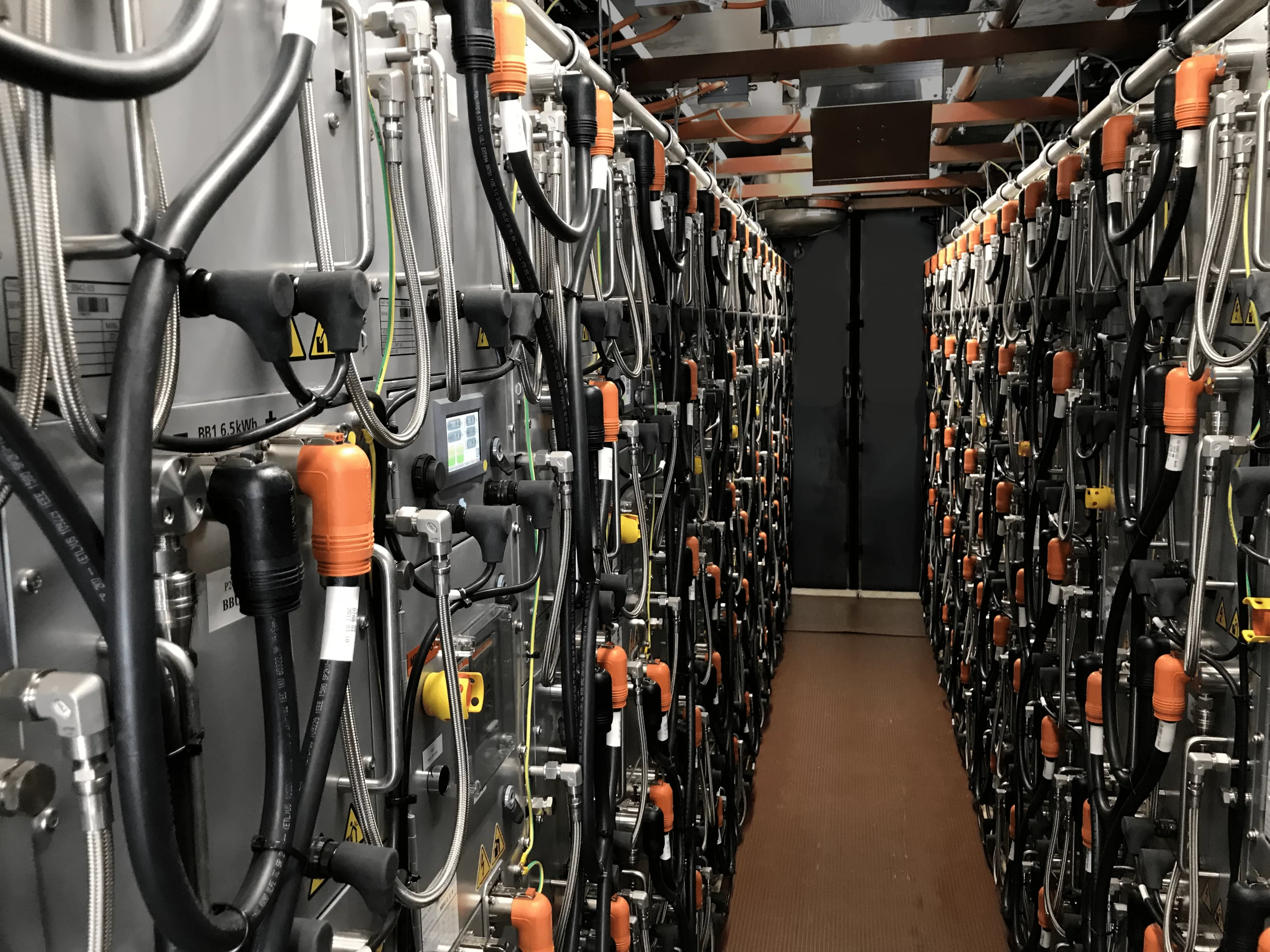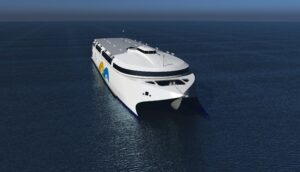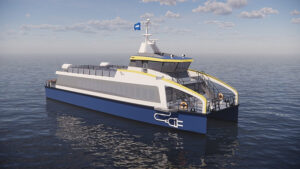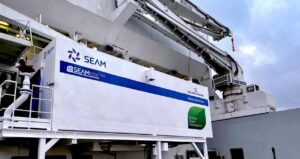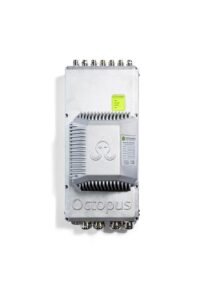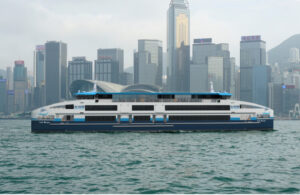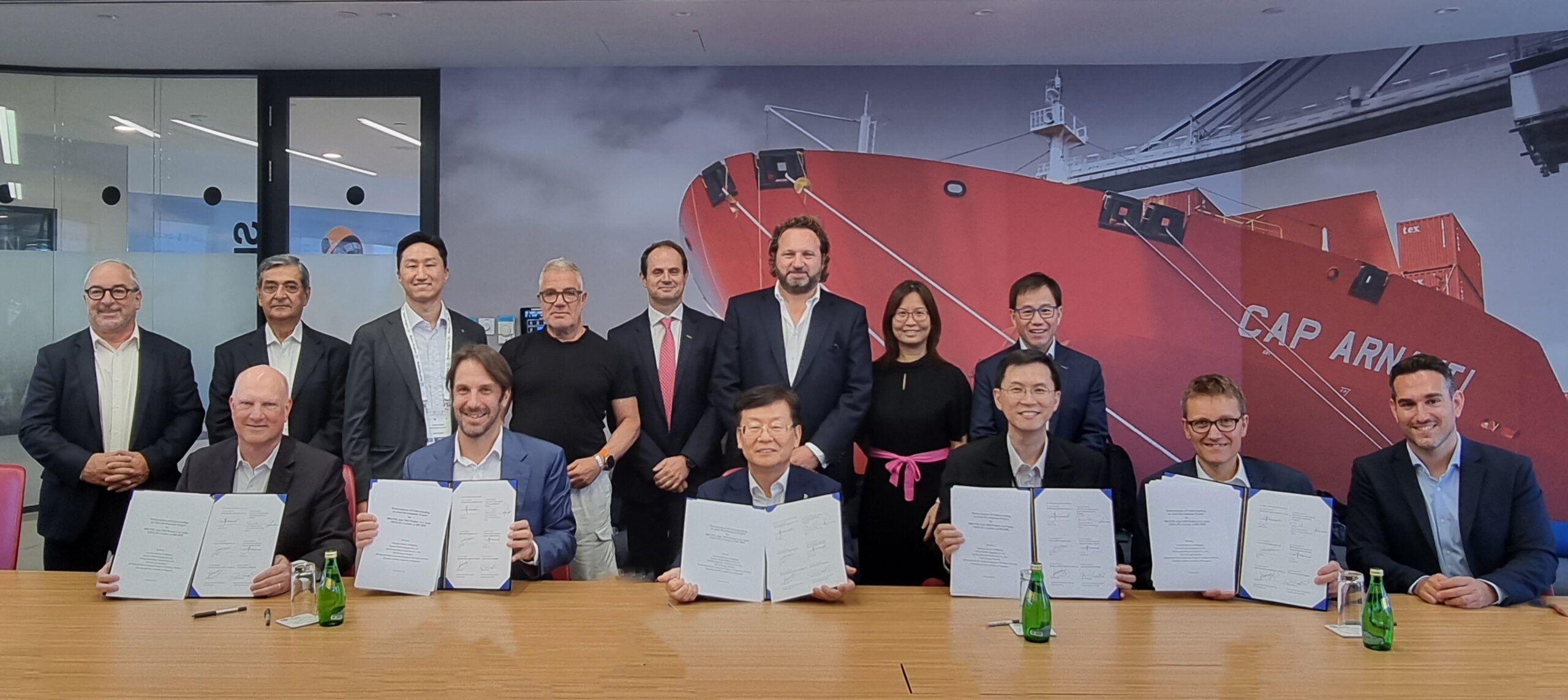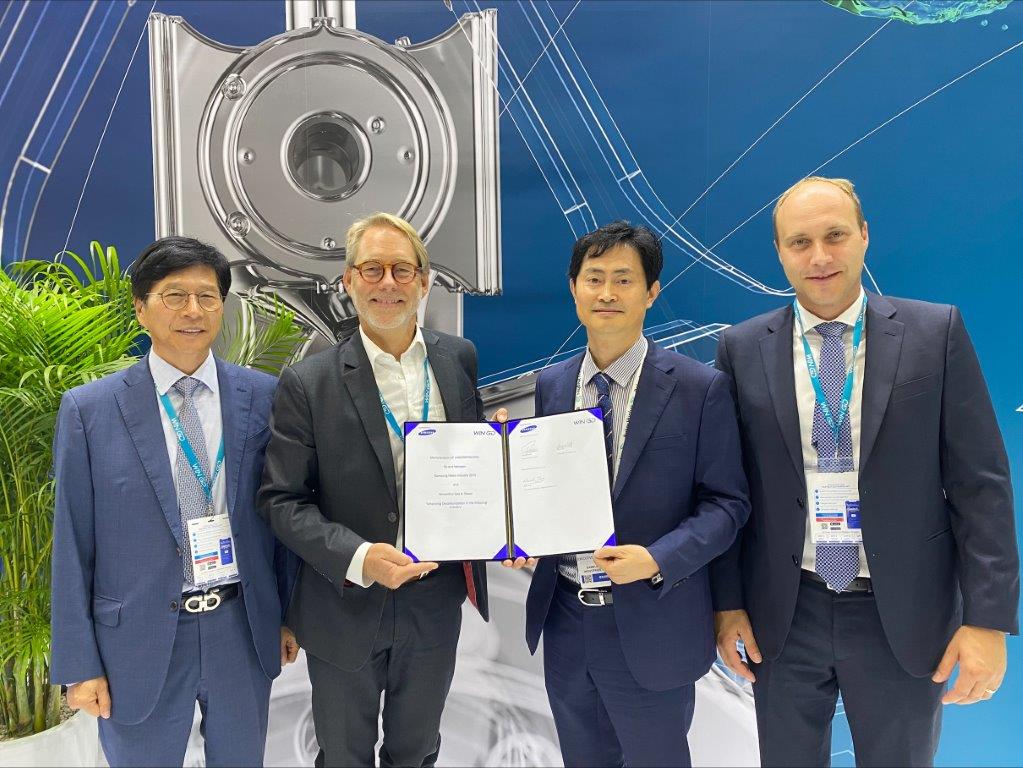A new report with some surprising claims about the feasibility of pure-electric containerships suggests it may be time to broaden the range of applications for batteries in shipping.
Over 40% of global containership traffic could be electrified cost-effectively with today’s battery technology, according to the study from researchers at the University of California and Lawrence Berkeley National Laboratory in the US. The report compares the cost of battery-electric container vessels and those using heavy fuel oil under current prices and technologies available today as well as those forecast for 2030.
According to the report’s authors, previous studies on ship electrification have relied on outdated assumptions on battery cost, energy density values and available on-board space. Based on 104 scenarios of ship size and route length, they claim that electrification of intraregional trade routes of less than 1,500 km are economical at battery prices of US$100/kWh, with minimal impact on cargo capacity.
When environmental costs associated with pollution and health are included, the feasible range rises to 5,000 km. At US$50/kWh price point, the range nearly doubles. According to research firm E Source, the average price for batteries for electric vehicles and energy storage is currently $128/kWh. Scarcity of raw materials could drive costs up to US$138/kWh by 2026, the company claims, suggesting a more than eight-year backstep in the recent downward trajectory of battery prices.
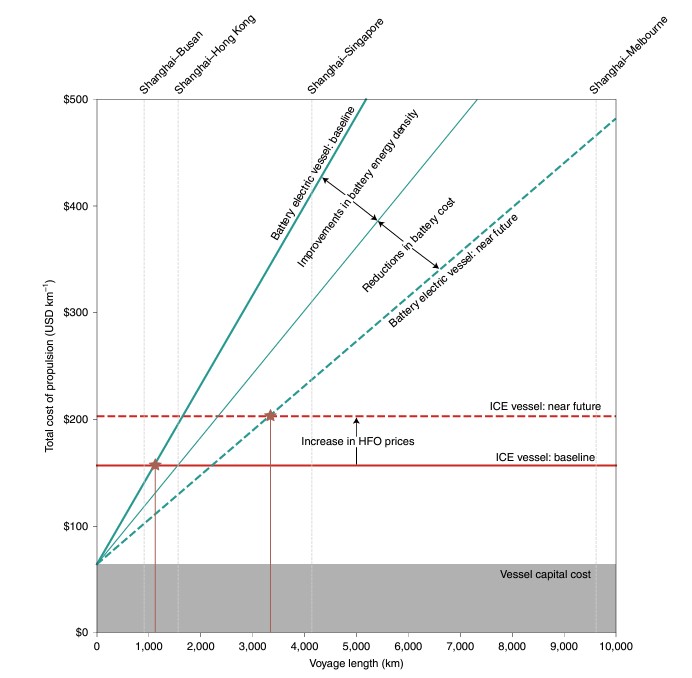
The emissions advantages of batteries over HFO-fuelled vessels are clear, the report claims, although highly dependent on the grid from which charge is provided. A battery-electric containership charged in a US port would 16% less CO2 than a conventionally fueled vessel. Regarding air pollution, battery-powered vessels would reduce SOx emissions by 86% or 4% if charged in the US or China respectively – due to the heavy reliance of coal in the Chinese grid – and NOx emissions would be cut by 83% or 42%.
Electrification is not without challenges, the report concedes. While fuel and maintenance costs would be reduced dramatically, upfront costs would be significantly higher than for today’s vessels, necessitating innovative financing and business models. And onshore power supply would need to be scaled up from tens to hundreds of megawatts, requiring a big investment from ports. Resolving both factors will rely on policy and regulatory drivers.
The report has drawn discussion from other experts. In a post on LinkedIn, Dr Tristan Smith of UMAS argues that environmental impact costs in the report are too high, while some assumptions do not reflect the reality of current containership operations.
To date the only fully batter powered containership in operation is the Yara Birkeland, which transports around 120 TEU on a point-to-point route of just 12 nautical miles. As battery technology and cost evolves, the new study offers an opportunity to reopen the discussion on whether battery power could soon be feasible for much larger and far-ranging vessels.























